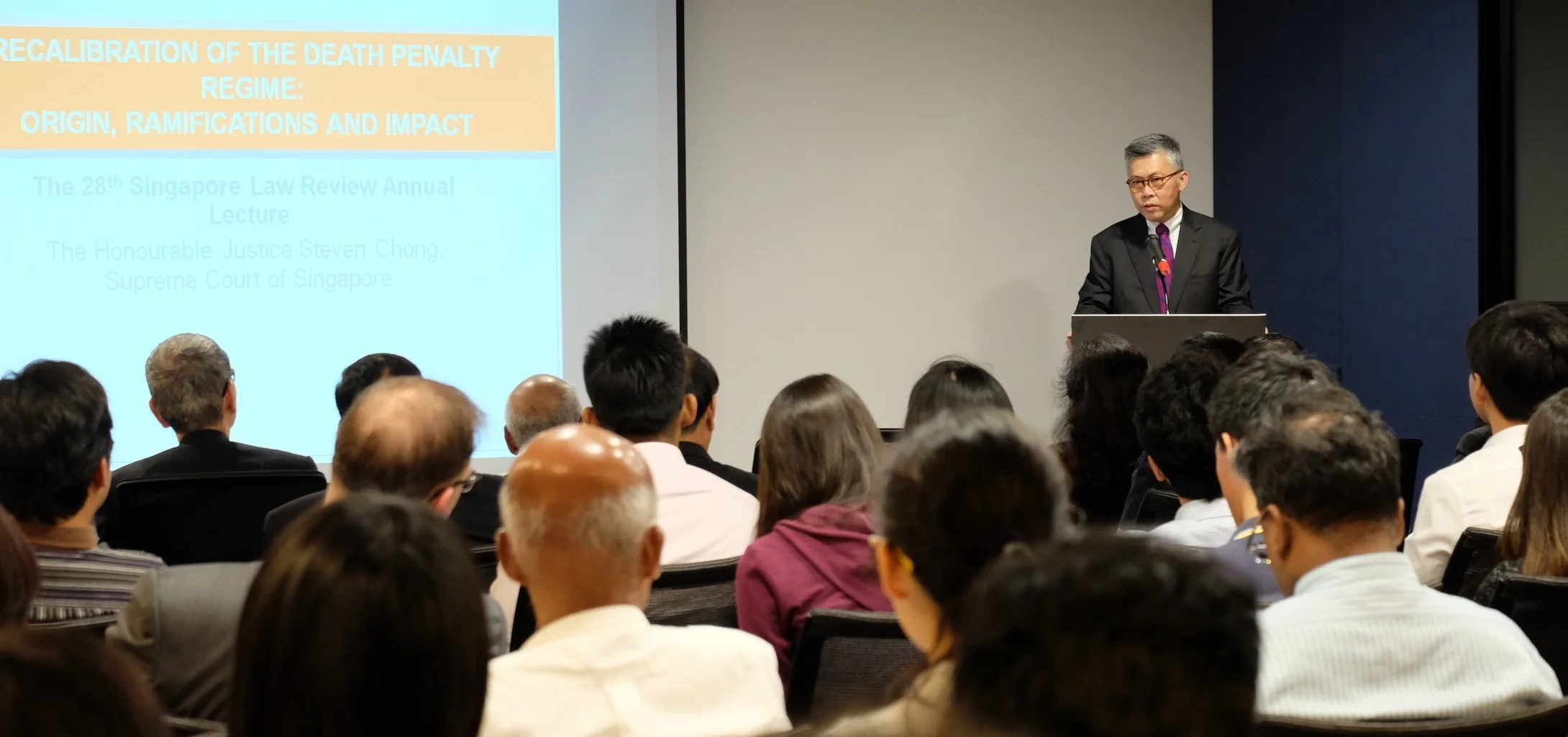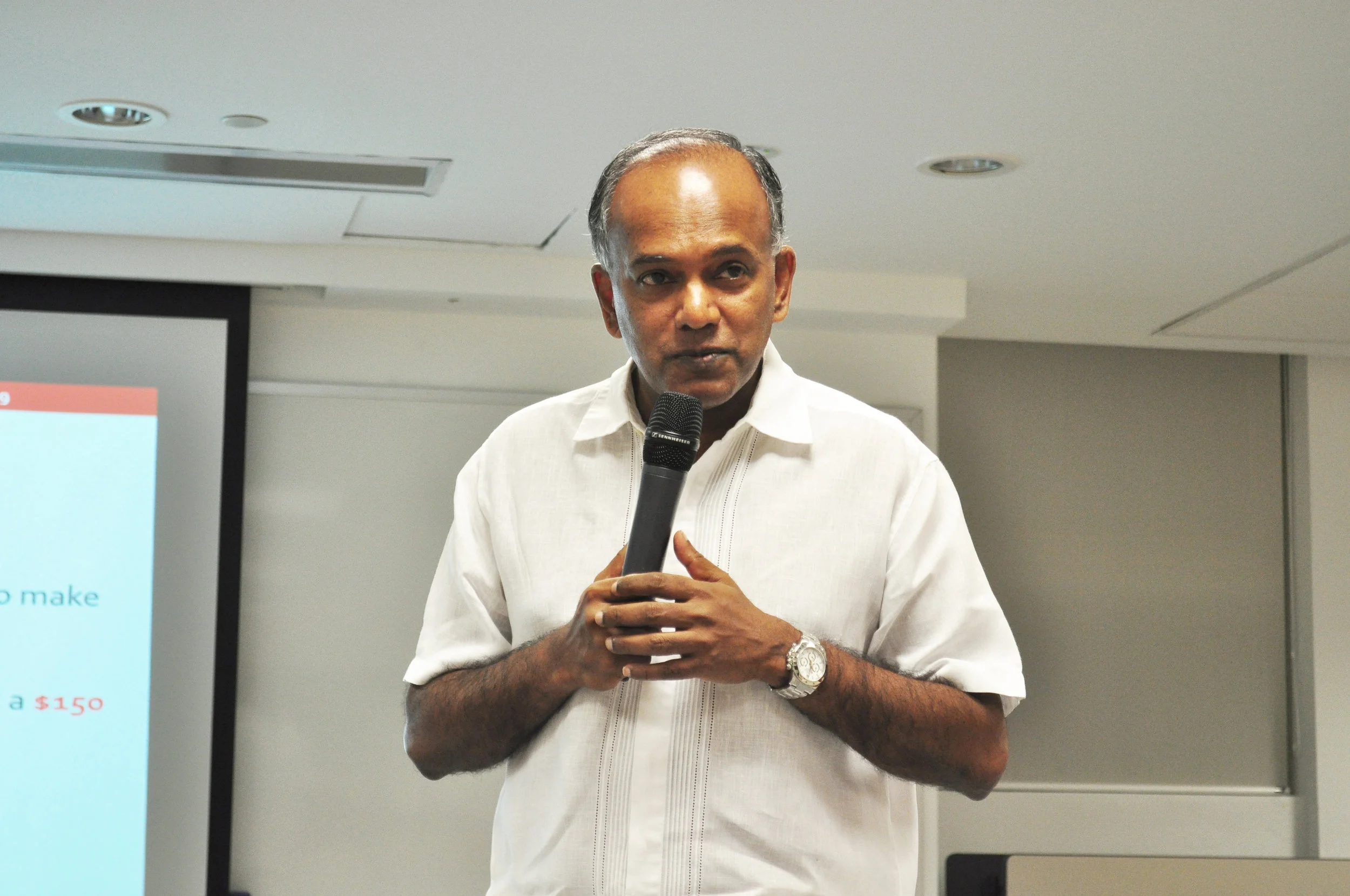The PDF version of this entry can be found here.
Online Privacy: Issues Faced by Content Holders in Enforcing their Intellectual Property Rights
Gabriel Lim Zhi-Hao
I. INTRODUCTION
With one of the fastest Internet connection speeds in Asia1 enabling quick and easy downloading, it is no surprise that online piracy is extremely prevalent in Singapore. In terms of the number of illegal downloads per Internet user, Singapore ranked 4th out of 18 Asian countries in a 2012 survey by Vobile Pte Ltd, a service provider that operates to reduce revenue loss to content owners caused by the pirating of movies and TV content.2 Furthermore, according to a 2013 survey by Sycamore Research and Insight Asia about three-quarters of Singaporean youth aged 19 to 24 access illegally downloaded material, citing reasons such as the ease and free availability of pirated material.3 Indeed, given the proliferation of online privacy, it is surprising that little action seems to have been taken by intellectual property owners to enforce their rights. This article explores the legal difficulties faced by such content owners, and other issues that might hinder their ability to clamp down on infringers.
II. REMEDIES FOR COPYRIGHT AND TRADEMARK INFRINGEMENT
Two main pieces of legislation are involved in regulating the infringement of content rights, the Copyright Act (“CA”)4 for copyright infringement, and the Trade Marks Act (“TMA”)5 for trademark infringement.
A. Copyright Infringement
Per s 119(1) of the CA, a copyright owner has a cause of action against a person who infringes his copyright. The lack of mention of any element of knowledge or intention evince that the tort is of strict liability. Under s 119(2) of the CA, the court may award a plaintiff with damages and an account of profits. These remedies are to be read conjunctively – it is possible for a plaintiff to claim both simultaneously.6 Alternatively, a plaintiff may also elect for an award for statutory damages in lieu of damages or an account of profits via s 119(2)(d) of the CA for a maximum of $10,000 per infringed copyright up to a total of $200,000, unless a plaintiff can prove that his actual loss has exceeded that amount. In deciding whether to award statutory damages, the court will also have regard to a range of factors in s 119(5) of the CA.
It is apposite to note the 2014 amendments of the CA, which gives copyright owners or their exclusive licensees the right to apply for an injunction to disable access to websites that “commit or facilitate infringement of copyright in that material” (s 193DDA(1)(a) of the CA). Websites whose “primary purpose” (s 193DDA(2)(a) of the CA) is to encourage copyright infringement can be blocked. Indeed, the purpose of the 2014 amendments is to catch websites that clearly and flagrantly infringe copyright,7 without being intrusive on Internet users.8
B. *Trademark infringement(
For trademark infringement, the provisions in the TMA that give a trade mark owner a cause of action against any infringers are laid out in s 31 of the TMA, which are similar to that in the CA. The remedy of statutory damages is also available in s 31(5)(c). The cap on statutory damages is higher – $100,000 for each use of a counterfeit trademark, up to a total of $1,000,000 – unless, of course, a plaintiff proves that his actual loss exceeds that amount. The factors to be considered in an award of statutory damages under s 31(6) of the TMA are similar to that in the CA, albeit less extensive.
C. Statutory Damages
Due to the difficulty of proving actual loss in many copyright and trademark infringement claims – such as where an individual illegally downloads a movie for his personal enjoyment – statutory damages may be preferable because it does not require a plaintiff to prove loss.9 The remedy of statutory damages was introduced in 2004 in both the CA and the TMA following the signing of the 2003 US-Singapore Free Trade Agreement.10 Rather than basing damages off compensatory and restitutionary principles, the draw of statutory damages is that it also allows the court to account for punitive and deterrence considerations.11 This implies Parliamentary intent to clamp down on pirating and intellectual property infringement. As aforementioned, s 119(5) of the CA lists some factors for the court to consider in deciding whether to grant statutory damages, inter alia, “the nature and purpose of the infringing act, including whether the infringing act was of a commercial nature or otherwise”, “the flagrancy of the infringement”, the need to deter other similar infringements” and “all other relevant matters”. The extensiveness and broadly-worded nature of the provisions allows the court to more appropriately deal with varying degrees of piracy.
Given how prevalent illegal downloading seems to be in Singapore, it is submitted that some flexibility in the award of statutory damages is desirable. It gives copyright owners a right to damages for any copyright infringement per se, regardless of whether or not there was any loss suffered. Indeed, the wide ambit of statutory damages itself can serve to deter potential infringers.
However, it should be noted that despite its apparent ease of application, the Singapore courts have only applied the remedy of statutory damages on very few occasions since its introduction in 2004.12 It is posited that perhaps the cost of litigation, exacerbated by the difficulties in identifying specific downloaders, still serve as a major obstacle that discourages copyright and trademark owners from enforcing their rights. Specifically, for trademark infringement cases, it has been suggested that this is due to the difficulties of determining whether an alleged infringing sign can be considered a “counterfeit trade mark”,13 which is defined in s 3(6) of the TMA.
III. THE ISSUE OF CONFIDENTIALITY WITH TELCO SUBSCRIBERS
The remedy of statutory damages, and the strict liability of the torts of copyright and trade mark infringement, might suggest that content holders can enforce their intellectual property rights with relative ease. However, the primary difficulty that content holders face in bringing an action against infringers is identifying the infringers in the first place. This can be done by tracking the Internet Protocol address (“IP address”) of an individual who has illegally downloaded content. To do so, however, would require Internet service providers (“ISPs”) such as Singtel or StarHub to disclose the personal information of its subscribers.
A. Enforcing intellectual property rights conflicts with the right to confidentiality and privacy
The issue presented itself in the seminal 2008 case of Odex Pte Ltd v Pacific Internet Ltd (“Odex”).14 Odex was a local company that licensed the copyright to distribute anime (Japanese animation) shows. In an application for pre-action discovery of documents, Odex had sought for Pacific Internet, an ISP, to provide the personal information of some subscribers who had allegedly downloaded Odex’s licensed anime shows illegally. The High Court held that only copyright owners and exclusive licensees had the locus standi to enforce their copyright against infringers – since Odex did not fall into either category, its application was denied. However, the court didallow the discovery application for the Japanese copyright owners who had joined in as plaintiffs of the action.15 The Japanese copyright owners – Showgate, Geneon Entertainment, TV Tokyo, GDH KK and Sunrise – eventually obtained the details of alleged infringers and sued two downloaders, Mr. Koh Lian Boon and Mr. Felix Lukman. Koh later settled with the plaintiffs and Lukman was reported to have fled to Indonesia.16
Indeed, Odex presented the clash between copyright owners’ right to enforce their statutory rights under the CA , and the contractual and statutory duty of ISPs to keep their subscribers’ personal information private.17 . However, the law has recognized that an individual’s right to confidentiality cannot be used as a shield to excuse acts of intellectual property infringement. Indeed, in the words of the learned District Judge in Odex: “The right to privacy can never be equated to a right to steal intellectual property in secret”.18 Odex is proof that copyright owners and their exclusive licensees can get ISPs to reveal the identity of infringers.
Most recently in 2015, Dallas Buyers Club LLC (“DBC”), the rights owner of the film Dallas Buyers Club, obtained orders from the High Court compelling major ISPs – Singtel, Starhub, and M1 – to release personal information of alleged illegal downloaders.19 DBC then sent letters to alleged downloaders demanding $5,000 for their act of infringement.20 While it is unclear whether DBC was successful in getting compensation from illegal downloaders, this case has come under flak for abuse of process.
B. Speculative invoicing and copyright trolls
It was alleged that Samuel Seow Law Corporation (“SSLC”), counsel for Voltage Pictures (of which DBC is a subsidiary), was involved in abusive practices against alleged downloaders such as “speculative invoicing” or “copyright trolling”. This involves content owners compelling quick settlements from alleged infringers under the threat of litigation. Law Minister K. Shanmugam has noted that such acts are “not wrongful by itself unless it contravenes a lawyer's professional obligations”.21 However, SSLC had allegedly threatened criminal proceedings in their warning letters to alleged infringers. This infringes the Practice Directions and Rulings Guide by Law Society of Singapore (“LawSoc”) that lawyers should not “communicate in writing or otherwise a threat of criminal proceedings in order to achieve a stated objective in any circumstance”.22 LawSoc has claimed that it is taking action against two lawyers involved in the DBC case.23
Indeed, errant practices by lawyers may cause the public to develop stigma against content holders when they rightfully seek to enforce the intellectual property rights. As expressed by a spokeswoman from the Intellectual Property Office of Singapore: “While content owners have the right to enforce their intellectual property rights, this should be done in a way that builds legitimacy and respect for the entire process, and is not susceptible to allegations of abuse”.24
C. Other Difficulties
Other than the intricacies of identifying and suing alleged infringers, there remain other issues that may suppress the future of intellectual property infringement claims. The anonymity conferred by the Internet presents a major issue when tracking infringers. For one, while content holders can compel ISPs to reveal information about alleged infringers, the owner of an IP address may not have committed the act of infringement himself. A tenant who uses his landlord’s Internet Wi-Fi connection to illegally download movies and videos, for example, may not be easily identifiable. Other common scenarios include families and friends who share a Wi-Fi connection, or even public Wi-Fi available in restaurants and shops that are accessible to anyone. This makes it virtually impossible for content owners to track and identify specific individual infringers.
III. CONCLUSION
In conclusion, the pursuit by content holders to enforce their rights seems to be littered with obstacles. The scarcity of case precedent only goes to diminish the threat of litigation against potential and current illegal downloaders, which may encourage them to start or continue with their infringing acts. However, it is also possible that the publicity of cases like Odex and DBC might deter potential infringers. Further with the advent of cheap, easily-accessible options for viewing movies and TV content – notably Netflix – it is submitted that the need for Internet users to illegally download content is likely to diminish. Why risk the penalties of intellectual property infringement when cheap alternatives are so easily available? Indeed, these factors may diminish an Internet user’s desire and need to illegally download content respectively. Hopefully, this will mark the beginning of the end for online piracy in Singapore.
[1] “Singapore's Internet connection speed among top 10 in Asia Pacific: Akamai”, Channel News Asia (17 December 2015), online: <http://www.channelnewsasia.com/news/singapore/singapore-s-internet/2354990.html>.
[2] Parliamentary Debates Singapore: Official Report, vol 92 (7 July 2014) (Ms Indranee Rajah), online: <https://www.mlaw.gov.sg/content/minlaw/en/news/parliamentary-speeches-and-responses/2R-speech-by-SMS-on-copyright-amendment-bill-2014.html> at 26.
[3] Ibid at 27-28.
[4] Copyright Act (Cap 63, 2006 Rev Ed Sing).
[5] Trade Mark Act (Cap 332, 2005 Rev Ed Sing).
[6] David Llewelyn, “Statutory Damages for use of a “Counterfeit Trade Mark” and for Copyright Infringement in Singapore: A Radical Remedy in The Law of Intellectual Property or One in Need of a Rethink?” (2016) 28 SAcLJ 61 at 15.
[7] Public Consultation on the Proposed Amendments to the Copyright Act (7 April 2014 to 21 April 2014), online: <https://www.mlaw.gov.sg/news/public-consultations/public-consultation-on-the-proposed-amendments-to-the-copyright-.html> at 15.
[8] Ibid at 13.
[9] Supra note 6 at 18.
[10] Ibid at 12.
[11] Ibid at 28.
[12] Ibid at 47.
[13] Ibid at 32.
[14] Odex Pte Ltd v Pacific Internet Ltd, [2008] 3 SLR 18; [2008] SGHC 35.
[15] Ibid at [76].
[16] Chua Hian Hou, “Duo in illegal-download suit cave in; One settles out of court with anime studios, the other has gone home to Indonesia”, The Straits Times (22 February 2010).
[17] George Wei, “Pre-Commencement Discovery and the Odex Litigation: Copyright versus Confidentiality or Is It Privacy?” (2008) 20 SAcLJ 591 at 17.
[18] Odex Pte Ltd v Pacific Internet Limited, [2007] SGDC 248 at [38].
[19] Cheryl Ong, “Dallas Buyers Club case: Some things to know if you have illegally downloaded the movie”, The Straits Times (9 April 2015), online: < http://www.straitstimes.com/singapore/dallas-buyers-club-case-some-things-to-know-if-you-have-illegally-downloaded-the-movie>.
[20] Irene Tham, “'Pay $5k for illegal download of movie'”, The Straits Times (8 August 2015), online: <http://www.straitstimes.com/singapore/courts-crime/pay-5k-for-illegal-download-of-movie>.
[21] K. Shanmugam, “Written Answer by Minister for Law, K Shanmugam, to Parliamentary Question on Speculative Invoicing” (14 July 2015), online: < https://www.mlaw.gov.sg/content/minlaw/en/news/parliamentary-speeches-and-responses/written-answer-by-minister-for-law--k-shanmugam--to-parliamentar3.html>.
[22] Law Society of Singapore, Practice Directions and Rulings Guide, Singapore, PDR 2013, para 27(b) online: <https://www.lawsociety.org.sg/DesktopModules/EthicsPortal/attachment/PDR%202013,%20PARAGRAPH%2027%20%20Letters%20Threatening%20Criminal%20Proceedings%20and%20Offensive%20Letters.pdf>.
[23] Tan Weizhen, “Authorities move to ensure illegal downloaders get fair process” TODAY (21 September 2016), online: < http://www.todayonline.com/singapore/ipos-agc-seek-intervene-court-proceedings-alleged-illegal-movie-downloading-case>.
[24] Irene Tham, “AGC steps in as studios seek illegal downloaders”, The Straits Times (17 August 2016), online: <http://www.straitstimes.com/tech/agc-steps-in-as-studios-seek-illegal-downloaders>.


